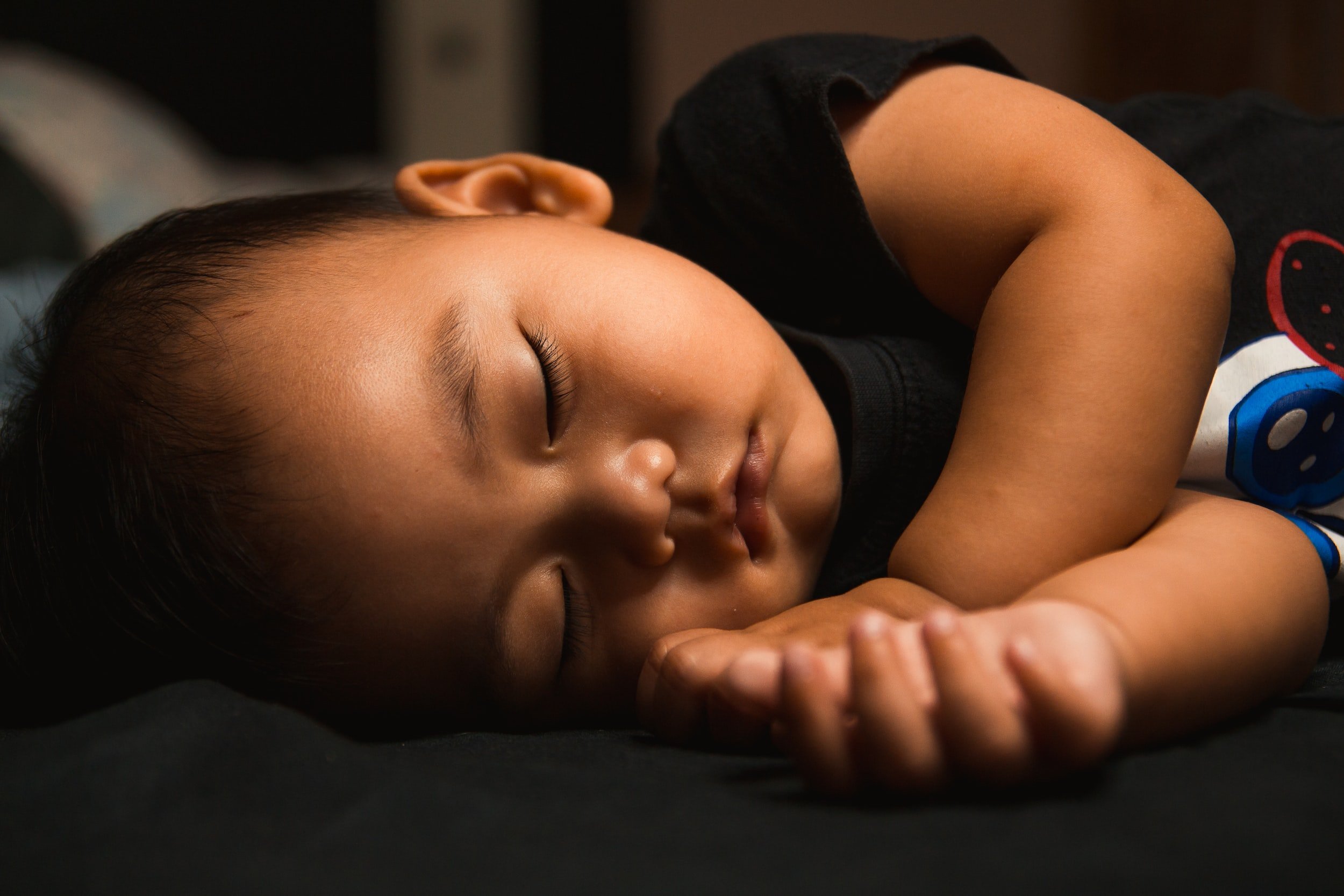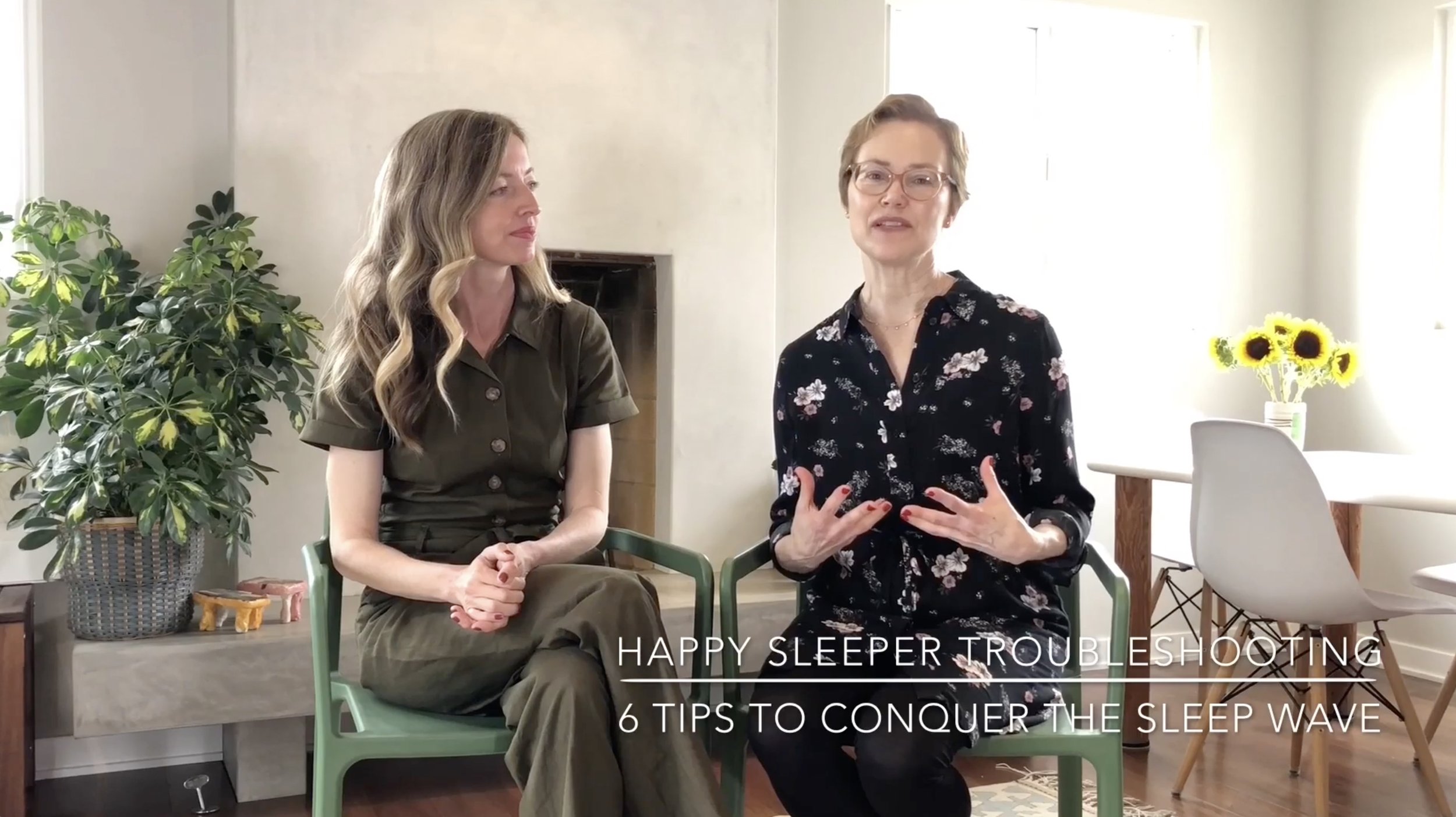Should You Wake Your Baby or Child Up? Or Let Them Sleep?
Balancing Sleep Needs: To Wake or Not to Wake - A Parent's Dilemma
Sleeping in is wonderful, as we grown ups know. But should you let your baby or little kid sleep as long as they want, or should you get them up?
On one hand, when you fill up on more sleep you’re following your body’s cues (you must need more sleep, why not take it?). Then again, sleeping in affects two biological systems that control sleep: the sleep drive and the internal clock, meaning that it can affect how your child’s sleep unfolds later in the day, that night, or even many days after.
Here are some ideas to keep in mind when you’re wondering if you should rouse your baby or nudge your child awake in the morning or from a nap:
When your baby or toddler is learning to sleep independently.
If you’re working on sleep using the Sleep Wave, your baby is adjusting to a new routine and way of sleeping. In this case, we suggest waking them in the morning if you’re shifting bedtime earlier as part of this transition. If your baby used to fall asleep at 8:30pm and you’re shifting bedtime to 7:00pm, it will help to gradually move wake time earlier, to 7:00am as part of this transition. (Remember that we suggest holding an 11-hour minimum for night sleep, so if your baby wakes at 6:00am, it’s time to start the day). While working on sleep, we also recommend waking babies and toddlers up in the morning if they took a long time to fall asleep at bedtime (an hour or so) or had a long waking in the night and are sleeping way past their wake time.
To protect bedtime.
We always recommend parents choose a cut-off time for the last nap of the day. This is based on your baby or toddler’s bedtime and span of awake time. For a 5 month old baby with a bedtime of 7:00pm and an optimal span of awake time of 1.5-2.5 hours, this would be at around 4:30 - 5:00pm. You can refer to the book or the online class for specifics on awake spans.
Remember that a regular bedtime is incredibly helpful to your child. Regularity trains the internal clock so your child falls asleep easily and sleeps more deeply. So protecting that last window of awake time is key for all ages. A too-late nap can easily interfere with falling asleep at bedtime.
If your baby or child is napping longer than 2.5 hours at a time.
This is a good rule of thumb for long nappers. A baby or toddler who naps for 3 hours in one stretch is more likely to have trouble falling asleep at bedtime and is more likely to wake up during the night. This is because the sleep drive (explained in detail in The Happy Sleeper and Generation Sleepless) is drastically reduced. A super long nap can also confuse the internal clock and lead to a more restless night.
Long naps are normal for newborns, however, because the internal clock is still developing. There’s no need to wake a newborn unless you’re conscious of feeding time or have been instructed to by your doctor.
Your baby or young child is having trouble falling asleep at bedtime.
Let’s say your 4 year old, who does not nap, is having a hard time falling asleep at their good bedtime of 7:30pm. Consider whether they have been sleeping in on the weekends (confuses the brain clock) or dozing in the car on the way home from preschool (reduces the sleep drive). If so, wake them at a regular time on the weekends too, and work to keep them interested and awake on the way home from school.
Keep weekday and weekend/holiday schedules in sync.
If you have to wake your child at a particular time during the week to get to daycare or preschool, it’s good to wake them around the same time (or within an hour) on weekends and holidays. It’s hard to give up those extra minutes of sleep for parents, but regularity of bedtime and wake time is key. In fact research indicates that regularity of sleep is as important as amount of sleep. Keeping them, within reason, on the same sleep schedule day-to-day means they will sleep more consistently and deeply over time, so it’s a long term gain.
Yes, for the most part we like to follow the baby or child’s lead and let their sleep systems unfold naturally. But sometimes strategic waking is part of the approach to keeping the internal clock happy — and helping us all get optimal sleep.
Our most popular publications:
THE HAPPY SLEEPER ONLINE VIDEO COURSEs
Ready to sleep through the night?
Online classes and consults from Heather and Julie — creators of the popular and revolutionary Happy Sleeper methods.
THE HAPPY SLEEPER Consultations
Tailored sleep help - just for you.
Have a question about your specific baby? Maybe you read the book or watched the class and you want to ask about your unique situation? Or you want us to walk you through the whole process, start to finish? We’ve got you!






